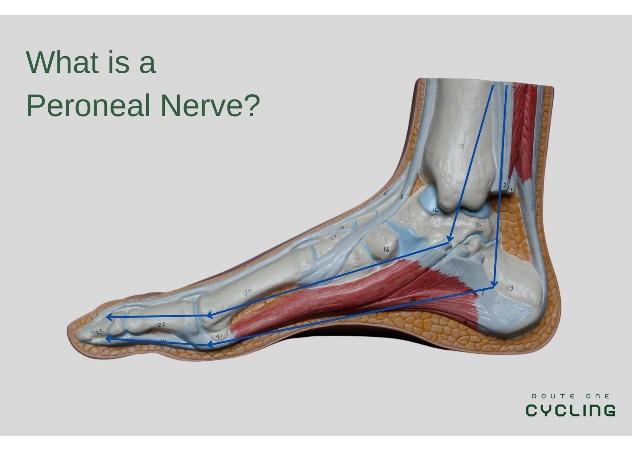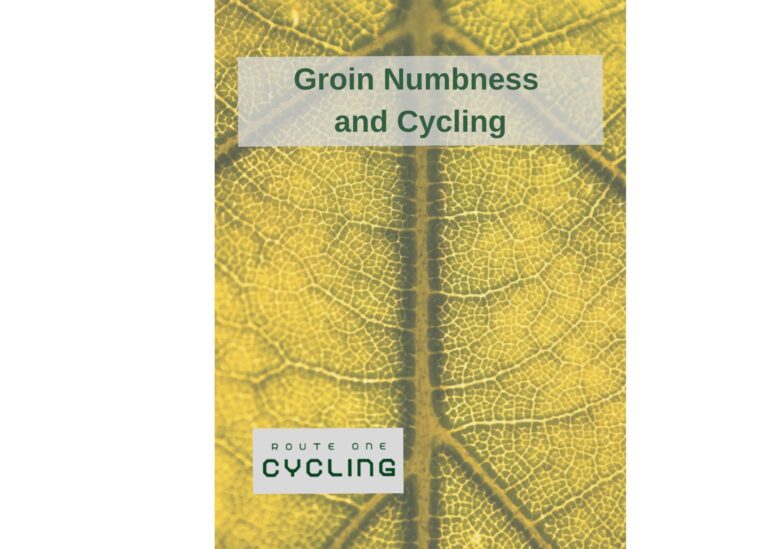Can I ride a bike with Posterior Tibial Tendonitis? [Hot Foot Syndrome Pain and Anti-Inflammation Guide]
When I got posterior tibial tendonitis, it was a major pain to talk to my trainer. For all other tendon and muscle injuries that I dealt with, this was the first where he actually put me in a boot and told me to lay off for a lot longer than normal – about one month. I was unable to run, and he moved me to alternate methods of cardio to get better. Posterior Tibial Tendonitis is a much more particular injury because if the injury does not heal correctly, the arch of the lower foot will collapse. We discussed different ways to maintain my own health and physical activity while I was practicing and one of my main questions were can I ride a bike with posterior tibial tendonitis.
In this post, I will go over my own story of healing from posterior tibial tendonitis, how I used biking, and swimming to maintain my fitness and other ways that we were able to combat the issue and make my ankle feel better. We will discuss stationary biking versus mobile biking, and what other types of cardio will be helpful to the avid athlete. Finally I will discuss a brief overview of my timeline to how I got better in hopes that it will help you the most.


Can I ride a bike with Posterior Tibial Tendonitis?
Yes, you can ride a bike with posterior tibial tendonitis. Here are some pointers:
- Consider a shoe insert that supports the arch: This is a game changer. Your arch needs to be supported while the muscles around are being rebuilt and strengthened. Also if you are doing any sort of exercise where the arch is not supported, it will cause major pain as this area is already weakened. I would ride my bike and still have pain and when I added the arch support, it magically disappeared and it felt like my healing process was accelerated. I still wear them out of habit, now.
- Consider compression socks: When you are biking, compression socks will help stimulate more blood flow to the affected area, supplying the area with oxygen and energy to promote healing. They’re also comfortable.
- Understand your pain: If your pain is sharp, and develops quickly, stop immediately. If your pain is a gentle pulling, then you may be able to continue. However, if there is any pain more than an hour after you are riding, you are riding too much, on too high of a setting, or riding up too steep of a hill.
Why can I ride a bike with Posterior Tibial Tendonitis?
Riding a bike with posterior tibial tendonitis will bring blood flow to the affected area, and begin the strengthening and redevelopment process. I say begin because ultimately to re-heal this area you will need to begin running again to use and strengthen all of the smaller muscles that were in play before – though cycling is a great start to get the blood flow going in the area for the initial healing process.
There also is no impact on the tendon in comparison to other cardio activities which would place undue pressure on the weakened area and cause a large amount of pain.
Can I ride a stationary bike with posterior tibial tendonitis?
Yes, you can ride a stationary bike with posterior tibial tendonitis. It is recommended to consider all of the above advice given on riding an outdoor bike with posterior tibial tendonitis with one added need:
- Consider riding on a lower resistance setting: This will place less pressure on the foot and you will be able to stimulate blood flow without working the muscles too hard. As long as you are moving the body and there is blood flow, then the recovery process will be activated.
What cardio can I do with posterior tibial tendonitis?
Swimming and Biking are recommended. Though, it is important to ice afterwards. Alternates to ice which I like are Ice cupping, Ice baths, Cold whirlpools, and Epsom salt warm baths.
Ice Options and Alternatives:
Try all of these options to see what recovery method works for you and your body. Shea butter is a great option for anti inflammation as well in a different way.
- Ice Cupping: This is by far the most effective recovery method for a targeted part of your body. Freeze a paper cup of water in your freezer. I tend to have 5-10 handy. Then rip the top of the cup and rub the ice on the affected area. The body will numb fast and then you will continue rubbing for 10 minutes afterwards. The ice will melt as your body transfers the hot energy to it. Bring a towel for the drippage.
- Ice Bath: I live in a 3 story walkup, so I only do this when needed. When training, we typically have a large ice maker next to our bath. At home, I will typically put 15 pounds of ice in one bath minimum. Ideally you will be up for a workout to get that much ice into your home. Though the effects of a 15 minute ice bath are probably the most effective for the body overall (Ice cupping, the most effective for targeted recovery) of any icing option, this is not an everyday thing as getting the ice into your bath takes a bit of time and planning.
- Cold Whirlpools: Your local gym may have this, or physical trainer. They are great for clearing static lactic acid, and decreasing circulation to the area to minimize inflammation and return the body to a normal resting state. There is no at home DIY option for this that I know of, though an ice bath is a good alternate.
- Epsom Salt Baths: For use when you are recovering from the initial pain of an injury; typically 1 month after the injury occurs. This helps relax the already redeveloped and healed muscle, tendons and fibers and reduce inflammation. Floats are available to athletes, though an easy DIY option is to get Epsom salt in bulk and place about 1-1.5 pounds of Epsom salt in your bath tub. It will have the same effect.
What is the fastest way to heal posterior tibial tendonitis?
The fastest way to heal posterior tibial tendonitis is to rest the leg for one month and gradually bring back cardio for the month following. In generally it is a 1-2 month ordeal before getting back to full recovery. You should allow the muscles to relax with an ankle and arch supporting boot, and then following you may choose to keep the boot while exercising until your doctor clears you to take the boot off. This is generally the quickest way, though it is important to see a trained physical therapist or trainer before making any decisions on how to heal your body. Incorrect or too hasty of treatment will lead to permanent arch damage in your ankle.


Conclusion
From this post you should now have a baseline understanding of how to heal posterior tibial tendonitis. Most importantly you should have the question of Can I ride a bike with posterior tibial tendonitis answered. You should also have an understanding of different icing and recovery methods to help rest the muscles in preparation for the next strengthening exercises and cardio the following day.


![Does Cycling Strengthen Knee Ligaments? [Read before cycling with bad knees]](https://routeonecycling.com/wp-content/uploads/2023/03/doescyclingstrengthenkneeligaments1-768x549.jpeg)



![Can you bike with a sprained ankle? [Sprained Ankle Cycling Rehab Guide]](https://routeonecycling.com/wp-content/uploads/2023/04/19-768x548.png)
